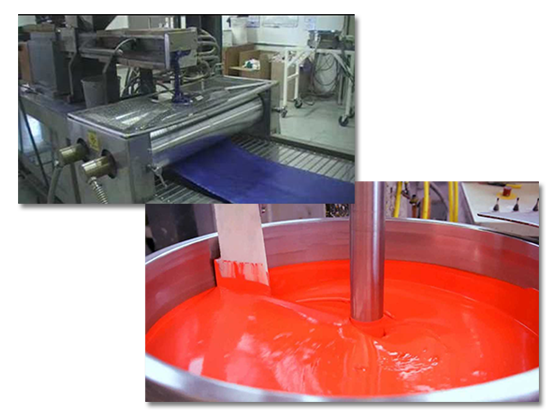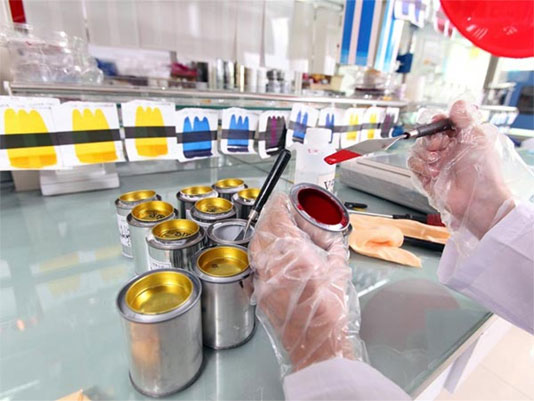FAQ
Powder coating is a dry finishing process In which coating is applied as a free flowing dry powder. Ground particles of pigment and resin are sprayed onto products. The parts to be coated are electrically grounded, so that the charged particles adhere to them until melted and fused into a solid coating in a curing oven. This creates a skin, which has hard finish.
- Powder coating does not have a liquid carrier, SO it can produce thicker coatings than conventional liquid coatings without running or sagging.
- Most powder coatings have a particle size in the range of 2 to 50 μ (Microns).
- Softening temperature Tg around 80 °C, a melting temperature around 150 °C, and are cured at around 200 °C.
Powder coating is available in a various textures, formulations, shiny, colour shades. The most common polymers used are polyester, polyurethane, epoxy-polyester(known as hybrid), straight epoxy (fusion bonded epoxy) and acrylics.
Mild steel, galvanized and electroplated steel, aluminum, stainless steel and other steel alloys are used for powder coating.
First of all the part is washed and pre-treated with iron phosphate and rinsed again with de-ionized water and sealer. After it is dried in a dry off oven. Then powder is charged by an electrode which creates an ion cloud. The powder particles pass through this cloud and collects a negative charge. Since the parts are ground to the conveyor there is an electrostatic attraction of the powder particle to the part. The parts now enter the curing oven where the powder melts, cross links, and bonds to the surface of the part. Once the parts exit from the oven and gets cool the process is complete.





